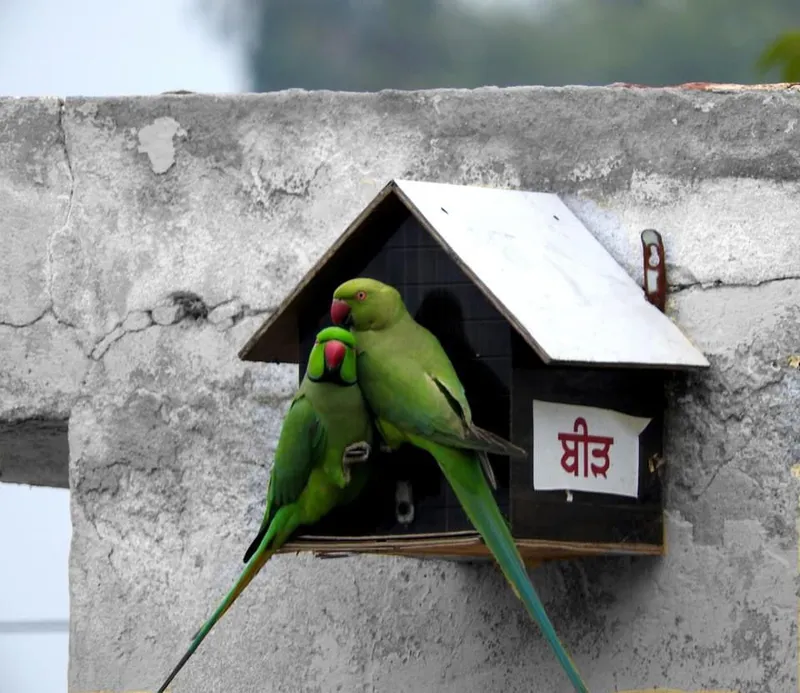This teacher from Punjab is preserving birds by planting trees and building birdhouses
What started as a personal mission to revive bird biodiversity in 2008 by Gurpreet Singh, a teacher from Punjab is now a mission to protect birds in the region with the help of clay birdhouses.
As a bird watcher and photographer, Gurpreet Singh was familiar with exploring terrains around him. As he explored a nearby forest in Faridkot, Punjab—a regular visit on his expeditions—he noticed that fewer birds flocked to the forest.
"As our cities have undergone urbanisation, there has been a substantial impact on biodiversity,” says Singh.
This incident was particularly striking to Singh. In a bid to act upon the circumstances around him, he began planting trees in 2006, near Faridkot, Firozpur, Muktsar in Punjab to attract birds.
However, it wasn't until 2008 that he noticed an increase in the number of sparrows visiting the mud nest he had constructed.
This led to the inception of BEERH (Birds Environment and Earth Reviving Hands), under which Singh has now planted more than two lakh trees in the forest areas in Punjab and has built 30,000 birdhouses to attract birds.
Today, over 16 species of birds like house sparrows, owls, parrots pigeons, among others have started reappearing in these forests. “While development is necessary, it's equally important that we take action to support and conserve our biodiversity," he tells SocialStory.

Gurpreet Singh
Conserving biodiversity
In the past, the forests near Faridkot were once teeming with native trees. However, as time passed, many of these trees were cut down, which had an impact on the bird population in the area, says Singh.
To counteract the erosion, Singh began planting native species of trees in forests near Faridkot. So far BEERH has planted nearly 60 species of trees including Sheesham, baboon and more. This of course, was not without its challenges. Locals in the area often preferred planting non-local variants.
BEERH also assists in growing gardens—a mix of short herbs and trees—in hospitals, schools and houses. Till date, it has created 80 such gardens in Punjab along with its 500 volunteers.

A bird house
Circling back to where BEERH started, Singh explained that birds that reside in natural cavities use birdhouses. These include species like owls, parrots and others. “Weaver birds like Streaked Weaver or Baya Weaver do not use these nests,” he adds.
While BEERH’s first birdhouses were made with wood, which often was an expensive task, now it makes clay birdhouses to attract birds and for decorative purposes.
Its birdhouses have seen significant popularity, particularly over social media. “We cannot meet the demand sometimes as it takes approximately 15 to 20 days to make one clay birdhouse,” he adds.
Nonetheless, BEERH remains committed to its mission. “By planting trees and preserving birds we aim to achieve long-term environmental sustainability,” he says.







